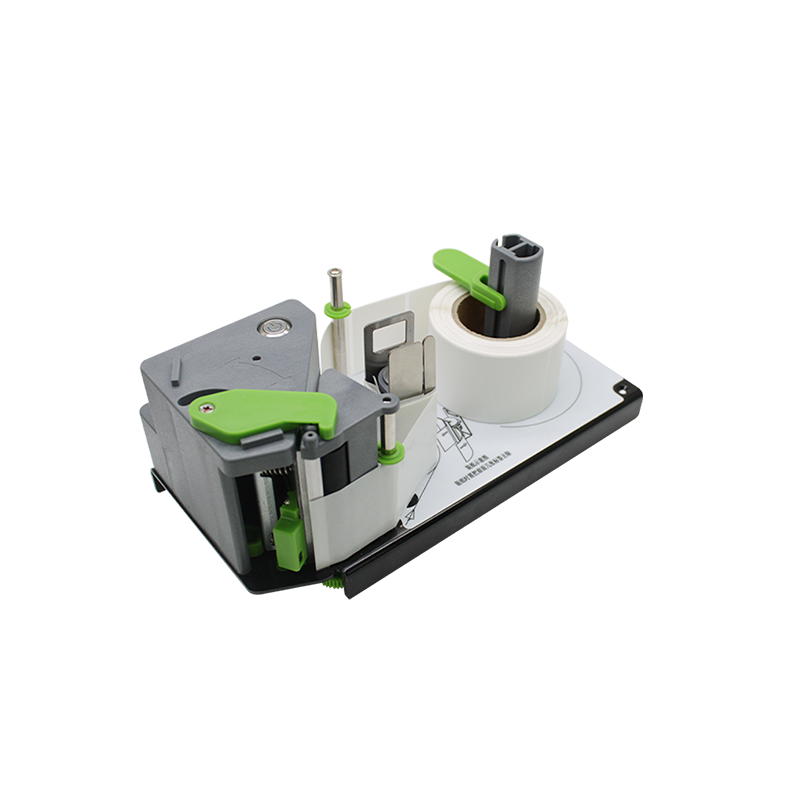Time:2025.07.11Browse:1

A4 thermal printers, which use heat to produce images on heat-sensitive paper, offer distinct advantages and drawbacks.
Advantages include simplicity and cost-effectiveness. They have fewer moving parts than inkjet or laser printers, reducing maintenance needs and breakdown risks. This makes them reliable for high-volume tasks like receipts, labels, or documents in offices, retail, or logistics. They also print quickly—A4 thermal printers can output pages at speeds of 10–20 pages per minute, ideal for time-sensitive environments. Additionally, they eliminate the need for ink, toner, or ribbons, lowering ongoing supply costs and reducing mess from leaks or spills. Their compact design saves space, making them suitable for small workspaces.
Disadvantages primarily stem from their dependency on thermal paper. The printed output is less durable; exposure to heat, light, moisture, or friction can cause fading over time, making them unsuitable for long-term document storage (e.g., legal records). Thermal paper is also more expensive per sheet than standard bond paper, which can increase costs for large-scale printing. Moreover, print quality is generally lower compared to laser printers, with limited color options—most A4 thermal printers only produce monochrome (black) prints. They are also sensitive to extreme temperatures; prolonged exposure to high heat (above 60°C) can cause unintended marking on the paper, affecting usability.
Read recommendations: